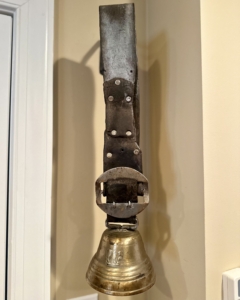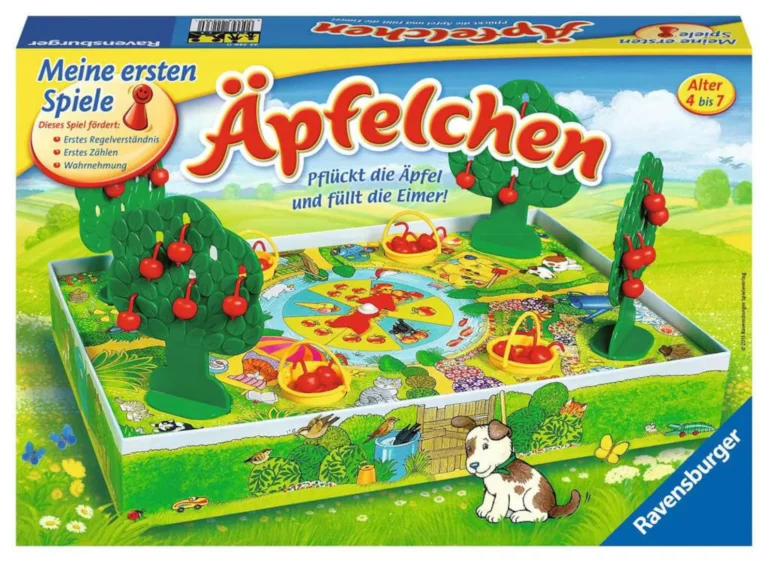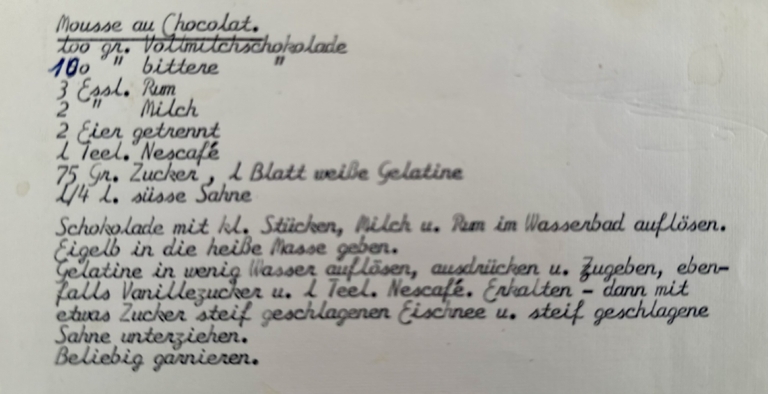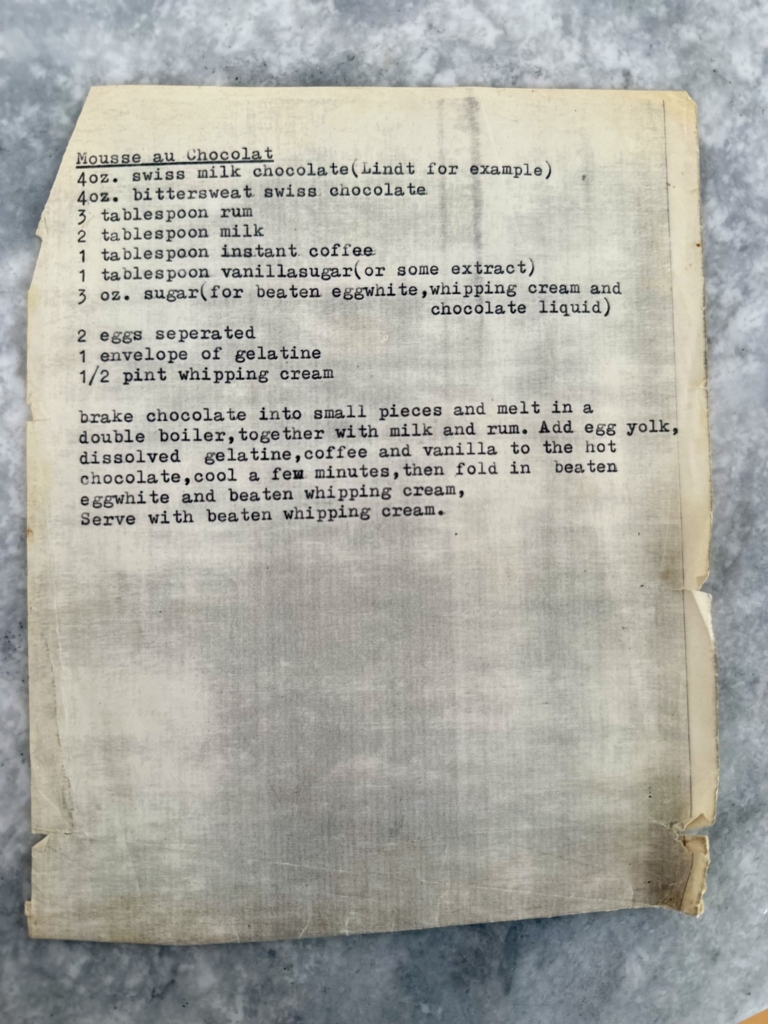Meet Nicole, a first-generation American. Her parents were German, having lived and traveled all over Europe before a tough decision had to be made: which shores would be home to their growing family? As Nicole was getting ready to start school, her parents made the big decision to move from Germany to Milwaukee, Wisconsin. While it may have been an internship in Milwaukee that first drew her father into the US, it was lifelong friends that led he and his wife to making it their home.

An authentic Swiss cowbell hangs in Nicole’s home, gifted to her by her parents. It is a reminder of her grandparents’ Swiss alpine home she visited every year. It evokes fond memories of family reunion and the cows chiming the mountains above the home. It was also the alpine home where her parents met years ago at a party.
Legacy can take many forms. For this family, legacy included family businesses, documented in a book, as well as cute little toy cars to add color for the children. But it also included a strong hand in passing down their German heritage to their daughters. Let’s take a peek inside this family’s approach to all things heritage – and learn how you can preserve your own German family heritage in your family.
The Lives of Children: Toys, Books, Games
Nicole was lucky to inherit a variety of children’s books and toys from her own early years in Germany. It’s more than nostalgia at this point. It’s about simpler times and life themes told through stories that resonate with the German way of life.
Of course, Nicole augmented these with modern books, music, and more in German to encourage her children. All of these are now safely tucked away for a potential next generation one day when she’s a grandmother.

Nicole has kept all of her favorite German books, toys, and board games to play with her children.
Holiday Traditions
Traditions constantly evolve. In the case of Nicole’s German household, Christmas has become a magical blend of German traditions and more American traditions that include hot cocoa, reindeer food sprinkled in the yard, and tracking Santa Claus online via the North American Aerospace Defense Command (aka Norad).
There’s an abundance of old German traditions to enjoy throughout December, straight out of the memory banks and physical artifacts of Nicole’s childhood. St. Nikolaus comes on December 6th and fills her children’s boots with treats and surprises. She decorates her home with German multigenerational heirlooms: an Adventskranz (German advent wreath), handpainted Christmas angels, ornaments, Christmas books, and nutcrackers. They bake her grandmother’s Christmas cookie recipes and make her famous chocolate mousse (see below for the recipe!). Christmas Eve is a big event, with everyone dressed up singing Weihnachtslieder (German Christmas songs), reading the story of Christmas, enjoying a formal dinner at home, and a special visit with gifts from the Christkind, the angel-like figure who brings children presents.



Nicole cherishes her grandmother’s cookbook, filled with her handwritten notes. In it is her famous mousse au chocolat, which Nicole continues to make for her family. Nicole also loves her mother’s and grandmother’s recipes for Rouladen, Geschnetzeltes & Rosti, Huehnerfrikasee, and an assortment of cookies and desserts. Her mother’s Huehnerfrikasee was Nicole’s favorite meal as a child, and now Nicole’s children’s favorite, too!

Handpainted German Christmas angels passed down from Nicole’s grandmother and mother adorn her tree and buffet every year. As a child, her mother would let her pick out a new angel every year the Munich Christmas market.
Family Ancestors and History: Photos and a Family Tree & Crest
While Nicole’s family did have genealogists who documented both sides of the family in books, what’s more remarkable is that her family framed and hung a family tree in the main entry of their home to integrate it into their daily life. And while Nicole has personally ensured all the family VHS tapes have been digitized, where are they now? Who will be able to access and watch them? These questions linger in her mind. She also noted that the photos are not digitized and while all collected in boxes, a lot of history is likely to be lost between the snapshots without digitizing and documenting their stories.
Language: Sprechen Sie Deutsch?
If you have missed the headlines in the US, childcare is prohibitively expensive for many, especially if you have more than one child requiring care. Considering the cost and the alternatives available, Nicole and her husband chose to hire au pairs from Germany for their three children. The idea was that the au pairs would help teach the kids German. In reality, the au pairs helped even more to reinforce their Germany heritage with recipes, stories, and of course participating in German holiday traditions.

Lessons for Us All – No Matter Our Heritage
As Nicole and I chatted about all things German heritage, Nicole made several realizations that will alter her future course for preserving and sharing her family and cultural heritage. We hope they will help you in preserving your own:
1. She toured her family home in Milwaukee and recorded a video with her parents of what was what. Where is that video? Did they capture it all? Were any decisions made and documented to deal with all the items formally via an estate plan or will?
2. Even after living in that family home for three years with her own family and passing the family tree and crest on the wall daily, Nicole hesitated when I asked if her own children know the stories behind each. She wondered aloud whether she had actually ever stopped to tell her kids about the tree and crest. This is a critical theme we talk about at Artifcts. You may know the story, you may think everyone does, but do they? We warn storytellers to consider:
- Did you tell the story?
- Are you sure?
- Did you tell it more than once?
- Were they really listening?
- Were they ready to hear it?
3. Nicole knows intimately which traditions over the Christmas holiday season are part of her German heritage, which are unique to her family, and which are part of a sort of US tradition. Do her children? Maybe not. Time to talk about it.
4. Much of the ‘stuff,’ i.e. the German and family artifacts, are in the family’s Milwaukee home where her parents live. All are undocumented, inaccessible unless you are there. If there was a home flood, fire, or burglary, even if these items are not of significant financial value, replacing them and recapturing the history behind them would be difficult if not impossible.
Document it all and back up your documentation, whatever digital, collective format you prefer. Consider it your personal family archive. And make sure you and your family all know where this documentation exists and how to access it in case of emergency or loss.
_____
As you consider how to bring your family heritage to life on a daily basis, and what parts of your heritage are critical to carry forward, we encourage you to be prepared, be creative, and above all else, prioritize. Pick and choose which aspects of your heritage are most important to you to share and to pass down. There are really only so many hours in the day, and something is truly better than nothing. Have fun preserving your family history!
About the Author:

Artifcts offers a solution to unite the objects in our lives with their stories, connecting people, helping to declutter without guilt, and ensuring our stories—not just objects—live on for generations
Ellen Goodwin is the co-founder and CSO of Artifcts. She is passionate about ‘stuff’ that matters. She frequently speaks on the process of building disruptive and innovative companies; furthering LongeviTech’s mission to help seniors live longer, better, more fulfilling lives; and helping families share stories and bring memories and histories forward with them for future generations.
